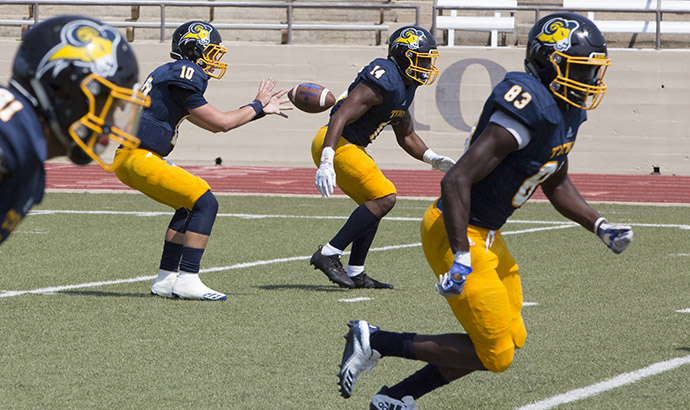Resume Dos and Don'ts
Make sure your resume does not end up in the hiring manager's desk and not trash bin. Follow these suggestions to get to the next round.
- Use one inch margins so your resume doesn't look crammed or cluttered
- Limit your resume to one page unless you have extensive experience
- Use neatness, organization and correct grammar
- Gear your resume to the needs of the employer accentuating your most marketable skills and experience
- Proofread
- Remove hyperlinks
- Omit pronouns such as (I, me, we, you, they)
- Use action words that reflect skill development. See Resume Action Words
- List bullet points and sentence fragments to provide concise focus
- Order the most important information first
- Always send a cover letter with your resume even when applying onine or through email
- Use top quality white, off-white, ivory or very light gray, bond paper of at least 20-pound weight, size 8 ½" x 11."
- Darker paper may not photocopy or scan well
- Print your resume on a laser printer. All computer labs and the Center for Career Services have laser printers
- Use abbreviations, except for GPA or states
- Staple or paperclip your resume, cover letter and reference page
- Include more than one type of bullet point
- Use long explanatory paragraphs or wordiness
- Be dishonest or boastful
- Use funny icons or clip art
- Disregard the importance of layout
- Print on a dot matrix printer
- Use resume templates in Microsoft Word. Templates do not create effective resumes based on what we know about employers' opinions. Many employers view this as a quick, easy and LAZY way to format a resume.
Top 5 Resume Tips and Tricks
Follow these tips to make sure your resume impresses future employers.
Then organize and edit your resume to fit one page. Keep this draft!
- If you are just barely going onto a second page adjust the size of your layout, font, spacing, or margins.
- 9-point font is generally the smallest font you should use.
- If you must go onto a second page, fill it at least ¾ of the way with relevant information.
- If you have a second page, indicate at the top or bottom of the page that it's a continuation of your resume. List the total number of pages (Degenstein, page 2 of 2).
Get the reader's attention by capitalizing, bolding, underlining, using asterisks (*) or solid bullet points (•) to help highlight items.
Computers are being used more frequently to read resumes for key words, including: degree information, job functions, industry-specific acronyms and job titles. List as many of these as possible so your resume will register on these searches.
If there is a typo or grammatical error on your resume, you may be eliminated as a candidate. Your resume may be the only chance you get to make an impression on a potential employer, so make it a good one.







